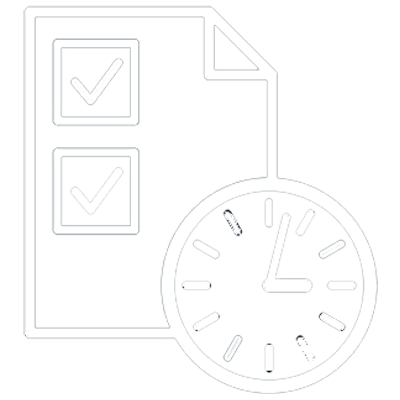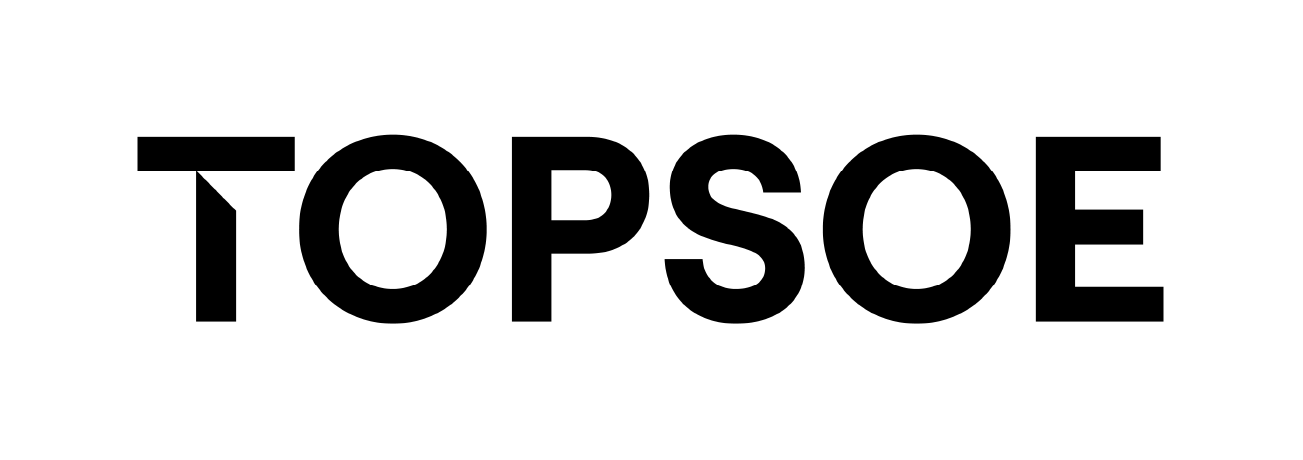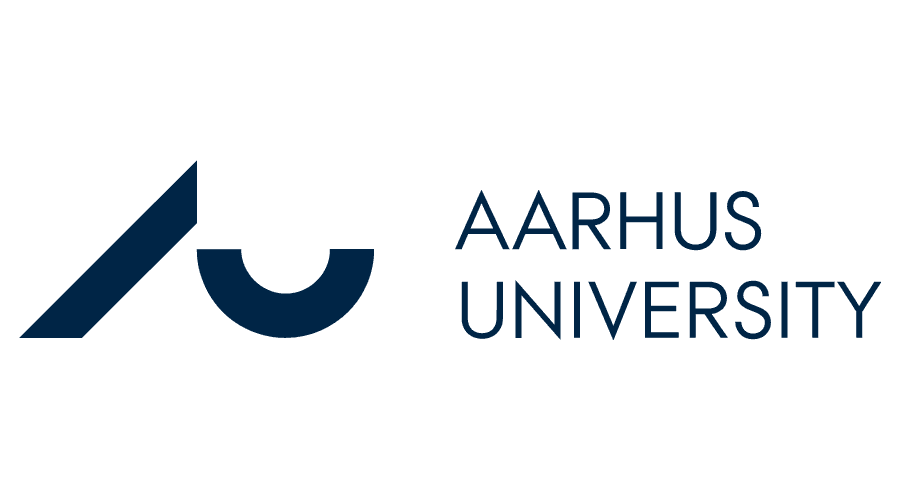FLEXUM
Flexible operation of electrolyzers for minimal degradation using monitoring
Background
Electrolyzers must have the capability to operate flexibly to meet the demand in a grid with fluctuating renewables. Furthermore, the cost of electrolyzers should be reduced for a more affordable and swifter green transition. The cost of the electrolyzer plants can be significantly reduced by increasing the lifetime of the electrolyzer stacks.
Objectives
- The needed flexible operation of electrolyzers towards renewable grid integration is in this project seized as an opportunity to extend the lifetime and hereby the sustainability of the electrolyzer technology. The hypothesis is that by intelligently controlling the loading and unloading of individual electrolysis stacks it is possible to extend average lifetime of the electrolyzers, resulting in a greater hydrogen output and value creation.
- The intelligent control requires monitoring of the state of health (SoH) of the individual electrolysis stacks in the system. Using state-of-the-art (SoA) monitoring hardware for every stack is however expensive.
- This research project will develop intelligent control of electrolysis stacks by monitoring their SoH by inexpensive hardware. The cheaper hardware (power supply and controller) will be designed in WP1. The cheaper monitoring hardware will be enabled by overlaying minimized data acquisition with intelligence from multi-physics and multi-scale models developed in WP2. WP2 will also explore the possible data reduction (equipment cost reduction) at lab scale, where detailed measurements with expensive hardware can be made for validation.
- The intelligent controller will be developed in WP3 based on the signals recorded from a virtual large-scale plant (simulating variable degradation in a full plant of many stacks operating in parallel). The approach will be used to determine which of the proposed hardware (WP1) and software (WP2) combinations provides the most cost-effective solution, i.e. where the cost of the specific monitoring solution is out-balanced the most by increased hydrogen production through extended lifetime.
- The scaling to stacks and in-field deployment will be tested on a large-scale (TRL 6) setup in (WP4). Here the best hardware (WP1) and software (WP2) will be tested (as selected in WP3).
Expected results/impact
- If the targeted monitoring and intelligent control can be successfully deployed and hereby extend the lifetime of the stacks by >20 %, this would lead to corresponding major cost reductions and reduction of material usage for the purpose.
- Monitoring enables predictive maintenance. The global wind turbine maintenance market (33.6 b$ ) is about quarter the size of the sales market (139 b$ ). As electrolyzers degrade, similar relative size of the maintenance market can be envisioned for the PtX industry, in particular for the electrolyzers, as they wear comparatively faster. Predictive maintenance is thus likely to have great impact on the earnings of the PtX technology providers.
- Being able to monitor the technology in the field also adds substantial value for the technology provider, as rather expensive large-scale experiments will be undertaken at the end-users. Making in-the-field monitoring available could thus accelerate R&D for the technology providers, as the cost in this way is shared with the end-users.
- The implementation of the SOEL technology would also lead to a more efficient sector, as SOEL is >25 % more efficient than the competing technologies2. The savings would not only be the electrolysis plants but for the entire PtX value chain, and would be on everything from renewable power installations, less use of land and finally for the power infrastructure – all increasing the sustainability of PtX. This can be expected to occur already from 2026, where Topsoe is targeting the first 100 MW installation, which will soon extend 500 MW and later 5 GW, given their collaboration with First Ammonia.
Budget

13.37 M DKK
Partners

4
Start

September 2025
Duration

2 years
Partners






